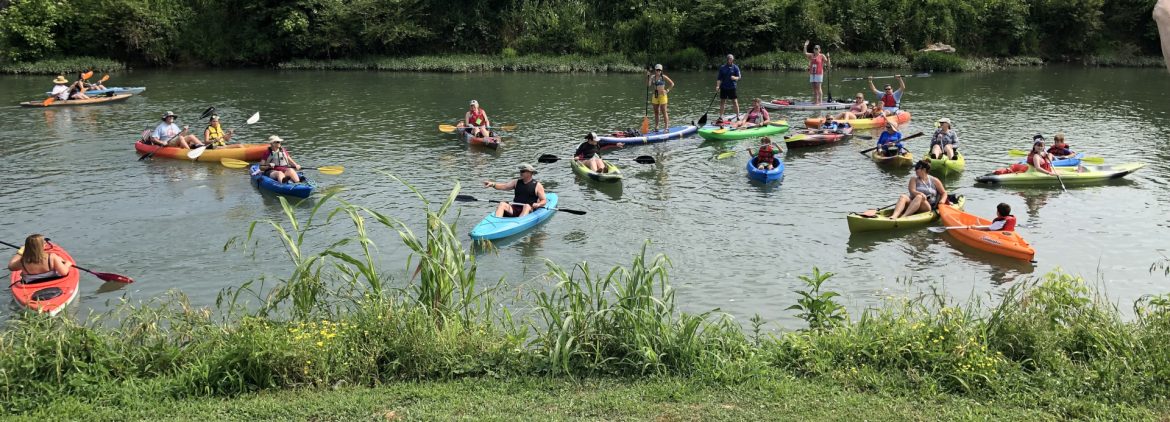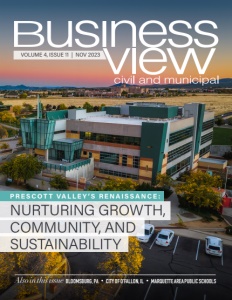Chattooga County, Georgia
A Flourishing Example of Innovation and Tradition
Community development allows Chattooga County to set the standard as a Georgian State Staple
The common threads woven into the fabric of county development almost always involve enhancing infrastructure, promoting tourism, and fostering community growth.
Building a vibrant community while safeguarding heritage requires a delicate balance, an art that only a forward-thinking county can continually perfect.
Creating lasting progress requires acting on the desire to modernize and evolve while honoring the need to preserve the very essence that defines the locality.
Through thoughtful strategies, and collaborative efforts, Chattooga County nestled in the heart of Northwest Georgia shines bright. This charming and dynamic county is undergoing a remarkable transformation while honoring its roots.
The Blooming Angel Country
From its lush, rolling hills and quaint townships to the calm river running between them, the picturesque Chattooga County stands as a testament to modernity and the timeless allure of the South.
The James H. “Sloppy” Floyd State Park rests as the go-to destination for fishing, kayaking, hiking, and camping. At the same time, a network of busy trains transports a consistent flow of friendly faces that grace the streets of downtown Summerville.
Here, community bonds are as strong as the ties to its rich history, creating a unique blend that beckons both residents and visitors to explore and embrace its potential.
So, as one of its state’s burgeoning locales, Chattooga County has made it a task to seamlessly weave together solutions that both address present community shortages and set the foundation for the future.
 Revitalizing County Infrastructure
Revitalizing County Infrastructure
Because Chattooga County contains its fair share of rural areas, investing in sturdy, contemporary infrastructure is something that its leaders consistently prioritize.
County Commissioner Blake Elsberry expounds on one of the ways Chattooga is achieving this, saying, “We’re addressing the shortfall in high speed internet access by doing a $10 million broadband project. This project will increase the fiber footprint in Chattooga County and give access to high-speed internet to about thirty-four hundred people that previously did not have internet.”
The project is being funded partially via the Georgia Broadband Grant for $3 million.
The remaining $7 million needed for the project will be funded by Windstream–the private company providing the county with its internet service named Kinetic. So, fortunately, Chattooga hasn’t had to dip into any county funds to get this much-needed project underway.
Chattooga County also applied for and was awarded $1 million in CDBG (Community Development Block Grant) funds to replace old and failing water lines.
It also conducts maintenance on the stormwater drainage systems of the county’s unincorporated, rural areas, which mostly involves recurring ditch work, as the rugged landscape simply does not allow for sewers in certain areas.
However, between both the county’s incorporated and unincorporated areas, the leadership has also prioritized developing the infrastructure that’s most relevant to the residents themselves: housing.
Through the Georgia Initiative for Community Housing, Chattooga County leadership has partnered with Mercer University in a joint survey project to gain a more insightful understanding of the housing-based needs of the county.
CEO of Helping Hands Ending Hunger–a non-profit designed to combat community food shortages–Carla Harward explains, saying, “Mercer has a wonderful affiliate… the Rural Health Innovation Center. They connected us with medical students and undergraduates who volunteered to help us with a housing survey in a defined area.”
The students spent several weeks assessing the county’s housing situation to help develop a report that accurately addresses the housing needs of the community.
Their dedicated efforts and comprehensive analysis underscore the critical role that informed collaboration plays in creating meaningful resolutions for the Chattooga community.
Effective Solutions to Hunger and Healthcare
Going beyond housing and infrastructure, Chattooga also has a number of initiatives that are aimed at preserving the overall well-being of its residents, the previously mentioned, Helping Hands Ending Hunger, being one of the most unique among them.
Harward explains that Helping Hands “is a nonprofit charity founded in Chattooga County… hunger and food insecurity is a primary issue that many of our residents face… [so], with our program, we’re focused on making sure that struggling families can get nutritious food that will support [them] and hopefully cultivate healthier habits along the way.”
What’s unique about the program is that it’s solely school-based and student-led.
After securing excess food from schools, that food is then supplemented with other nutritious foods secured via partnerships with regional food banks and other organizations.
Since students are the main drivers behind the program, the charity has essentially eliminated issues dealing with portion limitations, proof of need, and other technical roadblocks.
The charity’s resulting impact has even begun attracting national attention, as it has expanded to over one hundred and twenty schools and is now establishing footholds in Kentucky and Texas as well.
With community nutrition being addressed, Chattooga County leaders have also taken steps towards addressing the accessibility of healthcare for its residents.
A big issue they faced was the absence of a hospital. While Chattooga does have Urgent Care services, the closest hospital is about forty minutes away.
So, to address this shortfall, Atrium Health Floyd has built the first rural Freestanding ER in the state of Georgia in Chattooga County.
This $18 million investment is already underway. It is equipped with mobile mammography, CT, X-ray, a helipad, and a full laboratory.
This state-of-the-art facility now stands as the county’s after-hours emergency care center that is open 24/7, making it the frontline support center for those dire medical emergencies that require an immediate response.
Atrium Floyd purchased the twenty-six-acre property with future expansion for the ER center in mind, and it has already resulted in forty-four new kinds of healthcare jobs being introduced to the area.
“I’d like to see this be a template or blueprint for other rural areas of the state that are struggling with access to healthcare,” Elsberry states.
There is no doubt that Chattooga County and its leadership are on the front lines of innovative solutions for rural healthcare access in Georgia.
 Developing Chattooga’s Economic Engine
Developing Chattooga’s Economic Engine
Taking care of resident needs is important, but Chattooga’s leadership has also made it a point to take care of the county’s economic needs as well.
Their development strategy focuses on two things: retaining already existing mom-and-pop shops and attracting larger corporations via tourism.
“We’re really trying to support the small businesses and farms that are already in the community,” Elsberry says, “but we also have large corporations like Mohawk as well as one of the longest-running denim mills in the nation, Mount Vernon, here as well.”
With both big and small businesses being present, county leadership has focused its efforts on providing those businesses with an influx of regular customers, both familiar and unfamiliar.
Executive Director at the Chamber of Commerce Cindy McGraw confirms this, saying, “We’ve gone through a rebranding and are pulling all of our natural resources together [to be] more attractive to tourists and locals.”
One of the two big ways that the county has done this is by better utilizing the Chattooga River flowing through it. The Chattooga River Group organizes annual river festivals to both emphasize the area’s natural beauty and turn that beauty into a source of economic development for the county.
Chattooga also features the Howard Finster Paradise Garden, a folk-art sculpture garden with over 46,000 pieces of art, as well as Jared’s Place, a massive shuttle-based mountain bike park that can average anywhere between two and three hundred customers on a weekend, and luxury glamping at Dunya Camp.
The annual Chattooga County Agricultural Fair is also a large agritourism draw during the summer months, complete with livestock competitions and midway attractions.
Overall, Chattooga County’s leadership seeks to rethink the way it views the landscape and look at the entire county as an industry, a smart reframe considering the many jobs the county supports.
With the combined results from Chattooga’s advances in infrastructure, healthcare, and tourism, Elsberry states that he plans for the county to be an example of how to go about developing a rural region.
“When you are a rural county, without access to the interstate, you have to think outside the box when it comes to economic development and getting things done for your citizens. It is a constant struggle, but one we are meeting head on.” Elsberry states.
As Chattooga County looks towards the future, it stands as a shining testament to resiliency and forward-thinking leadership.
AT A GLANCE
Chattooga County, Georgia
What: A rising star in Georgia, balancing tradition and rapid development for a prosperous future.
Where: Georgia, USA
Website: https://chattoogacounty.org/





